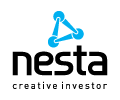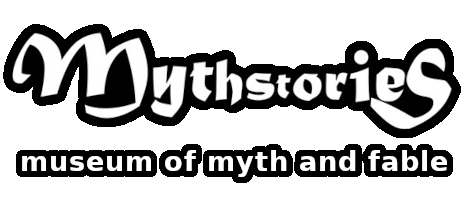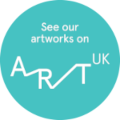The two acrylic canvases by Dez Quarréll painted in 1995 and 1996 depict the last two scenes from the Mesopotamian “Epic of Gilgamesh” and were donated as part of the original Mythstories Collection.
Their story and activity pages can be found elsewhere on this website at https://mythstories.com/stories/the-old-man-becomes-young/ and https://mythstories.com/stories/the-snake-sheds-its-skin/
They were joined by the 8 Vitrified Clay tablets below made by Neil Dalrymple in 2006 in the “Touch It” element of the Nesta Illuminate project “Move It, Touch It, Feel The Rhythm and Do It”.







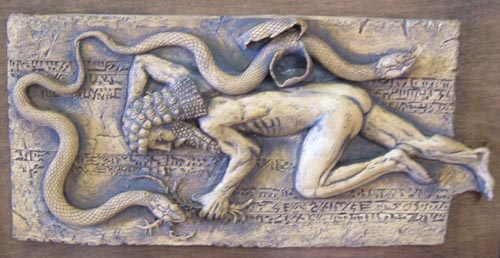
The idea for the tablets was spawned when a family who visited Mythstories during 2004 included a 3-year old who was deaf, dumb and blind. Staff asked her parents if they could tell her a story by drawing on her hand, but were told she would not understand and would be quite happy feeling the walls as ‘they were different to the walls at home’. She was, but Mythstories’ staff became acutely aware that the museum did not have an exhibit that could tell her a story.
Two years later the museum obtained funding from NESTA (The National Endowment for Science, Technology & the Arts) under its Illuminate strand to improve kinaesthetic interpretation. Sculptor Neil Dalrymple was commissioned to make a clay tablets depicting Gilgamesh‘s quest for eternal life that visitors could touch and feel.
Neil worked with a group of secondary school pupils with special literacy needs. They were told the story of Gilgamesh in episodes and asked to respond by drawing the picture that the episode had created in their heads. Neil took these sketches to his studio and used them as the starting point for the eight vitrified clay tablets that make up the series.

Neil‘s tablets call out to be touched, adding that extra sensory dimension. And, noticeably, very young children will close their eyes while feeling the tablets.
The Gilgamesh story is thought to be the earliest surviving literary work, dating from as early as 2,100 BC. It was re-discovered in the 19th Century inscribed on clay tablets.
The “Epic of Gilgamesh” has inspired many works of art and music and some say it had also inspired some of the stories of the Old Testament especially in the Books of Genesis, Ecclesiastes and Daniel. Or to give an alternative interpretation, The New York Times reported in 1872: “for the present the Orthodox people are in great delight and are very much prepossessed by the corroboration which it affords to biblical history“.
The works are now in the ownership of Chester University and are on display at their University Centre Shrewsbury Guildhall campus with the paintings in the UCS University Library and the tablets in the inner quad at the upper ground floor level.
Click for a teacher’s evaluation of the “Touch It” workshop…
Touch It – Yr 7 & Yr 8 Learning Support Groups
Teacher’s evaluation
The two workshops took place at Mythstories museum, in summer term 2006.
Each year group had one 2-hours workshop. No preparation work was undertaken.
Present were 10 / 12 pupils, teaching and support staff, two storytellers (Dez and Ali Quarréll) and the sculptor (Neil Dalrymple).
The following points were being monitored
- Knowledge and Understanding
• Knowing about something
‘We were very surprised by how much of the story the pupils remembered. We had a quiz about a fortnight after the workshops and most of them remembered most of the story, together they remembered it all.’
• Making sense of something
L. was fired up by the story behind Neil’s sculpture of Merlin. She told us it showed how a woman or girl was strong because of her hair and compared this with Enkidu and the woman at the watering hole in the Gilgamesh story.
• Using prior knowledge in new ways
They used their computer skills to produce posters advertising the museum and also the exhibit they were involved in creating.
- Skills
• Social skills
The change in their behaviour during the workshops really surprised us.
They were still working even when no adult was watching them.
J. and C., who we always keep apart to prevent them physically attacking – or at least spitting at – each other, sat at the same table and worked alongside each other.
• Communication skills
We had some very interesting discussions on how to communicate with people who were either deaf or blind or both. This was not something they had previously considered. One pupil, talking about a blind person, said “I’d go up and touch their arm and say ‘I’ve arrived’”
- Attitudes and Values
• Positive attitudes in relation to an experience
They told us how lucky they felt to have met Neil, “He really made all those things”.
Some of the girls were being negative because their usual routine was being disrupted and C. (a fellow pupil) got up and really laid into them, telling them how lucky they were to have this opportunity and how Dez and Ali and Neil had given them their time and energy. There was a big debate and he really turned their attitude around.
- Enjoyment, Inspiration and Creativity
• Having fun
Yes, they enjoyed themselves – being out of school and being in such a different place helped a lot, but they also enjoyed hearing a different story and listening to it intensely to draw the pictures.
• Being inspired
R. thought really hard about her pictures and said she wanted to put in lots of things – like a smiley-faced sun – that she remembered because ‘that’s how they ought to be’.
- Action, Behaviour, Progression
• Change in behaviour
Participating in the project gave some pupils a real sense of belonging. They say things like “We can go again, Miss, it’s our place”.
• Progression – towards further learning etc
i. Some pupils in the Year 8 group answered specific questions to create a feedback sheet
ii. Some used computers to produce posters advertising the museum or the new exhibit
iii. Some wrote letters about the workshops
iv. All completed a quiz on the story
v. Both groups had a discussion with school staff and this included talking about how people communicate, difficulties faced by
people who are deaf or blind and general disability awareness
vi. One group followed-up by drawing key points in a story from Wem
vii. The groups intend to make their clay tablets and put a display on in the school entrance area.
General
Without exception the pupils struggled with the length of the session. Although they had a break, they are not used to concentrating for so long on one task.
C. & D. were very proud to meet the mayor and see the finished tablets.
